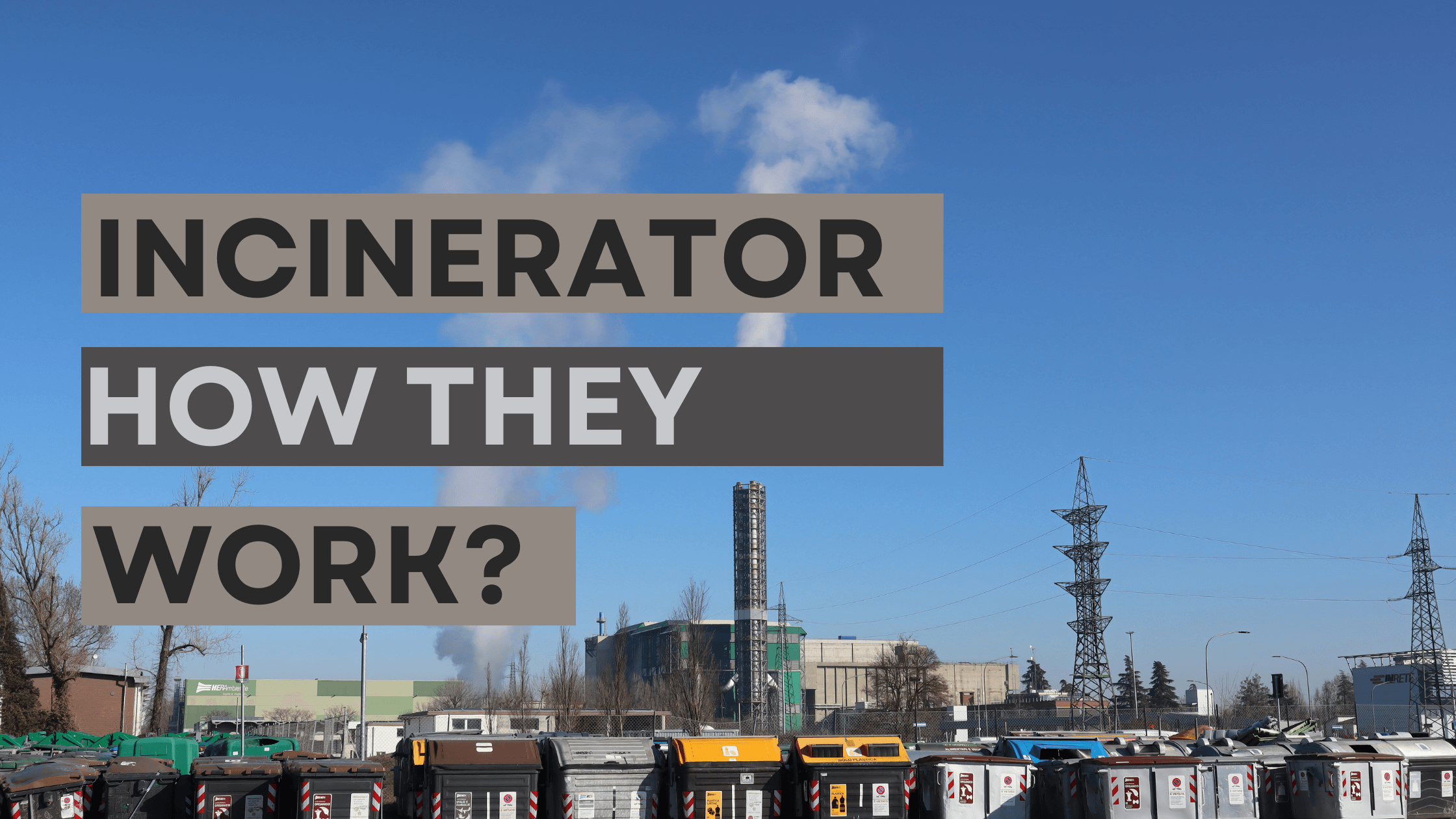Incinerators, often called waste-to-energy plants or combustion facilities, are specialized industrial sites dedicated to responsibly disposing of various types of waste through controlled burning processes. These facilities are pivotal in waste management, significantly reducing waste volume and transforming it into energy or ash.
Let’s dive into the intricacies of how an incinerator operates, step by step, to gain a comprehensive understanding of these essential facilities.
Waste Collection and Preparation:
Waste materials are gathered from diverse sources such as households, industries, and healthcare establishments. Before entering the incinerator, the waste undergoes meticulous sorting and preparation to eliminate any hazardous or non-combustible items.
Loading and Combustion Chamber:
The prepared waste is then loaded into the incinerator’s combustion chamber. Inside this chamber, the waste is subjected to high temperatures, typically ranging from 800°C to 1200°C, depending on the waste type.
Combustion and Heat Generation:
As the waste combusts, it releases valuable heat energy. This heat is effectively harnessed through specialized systems like boilers or heat exchangers to produce steam or hot gases. The generated heat finds diverse applications, including electricity generation or heating systems.
Air Pollution Control:
Modern incinerators are equipped with advanced air pollution control technologies to minimize environmental impact. These systems, such as scrubbers and filters, efficiently remove pollutants like particulate matter, sulfur dioxide, nitrogen oxides, and heavy metals from the exhaust gases before release into the atmosphere.
Residue Handling:
Following combustion, the remaining ash and non-combustible residues are carefully collected and treated. Depending on the waste type and incinerator design, the ash may undergo further processing or be disposed of in a specialized landfill for ash disposal.
Energy Recovery and Sustainability:
One of the significant advantages of incineration is energy recovery. The heat generated during combustion can be converted into electricity or utilized for district heating, reducing reliance on fossil fuels and fostering sustainable energy practices.
Regulatory Compliance and Monitoring:
Incinerators adhere to stringent regulatory standards to ensure environmental protection and public health. Continuous monitoring of emissions, ash quality, and operational parameters is vital for compliance with regulations and maintaining operational efficiency.
In conclusion, incinerators are pivotal in waste management, offering a sustainable solution for waste disposal while contributing to energy production and environmental protection. Understanding the functioning of incinerators is crucial for promoting eco-friendly waste management practices and fostering a cleaner, greener future.
People Usually Search Keywords:
Garbage Incinerator for Sale | Animal Body Incinerator Machine | Animal Carcass Incinerator | Medical Incinerator Manufacturers | Medical Waste Autoclave with Shredder | Medical Waste Incinerator Manufacturer | Compost Machine for Sale | Commercial Composting Machine | Industrial Compost Machine | Compost Machine Industrial | Livestock Incinerators | Commercial Composting Machines | Trash Incinerator for Sale | Hospital Incinerator | Animal Incinerator for Sale | Animal Incinerator | Commercial Compost Machine | Industrial Composting Machine | Industrial Incinerator for Sale | Autoclave Shredder | Animal Incinerators | Incinerators for Sale | Pet Incinerator for Sale | Pet Incinerator | Medical Waste Incinerator | Poultry Incinerators | Livestock Incinerator | Best Compost Machines | Medical Incinerators | Best Composter Machine | Waste Incinerator for Sale | Incinerator for Sale | Best Compost Machine | Poultry Incinerator | Composter Machine


